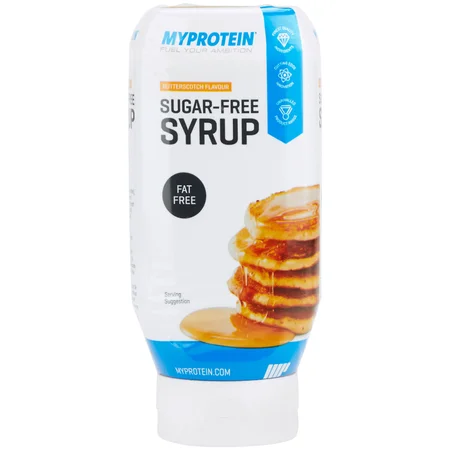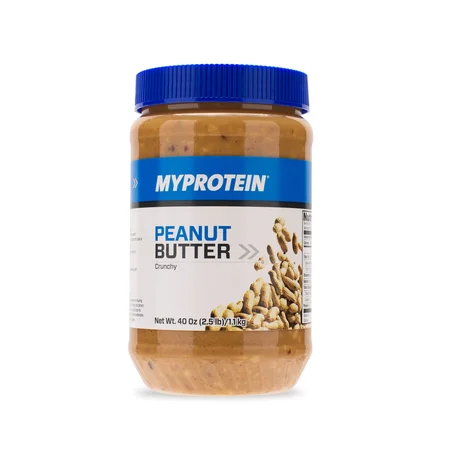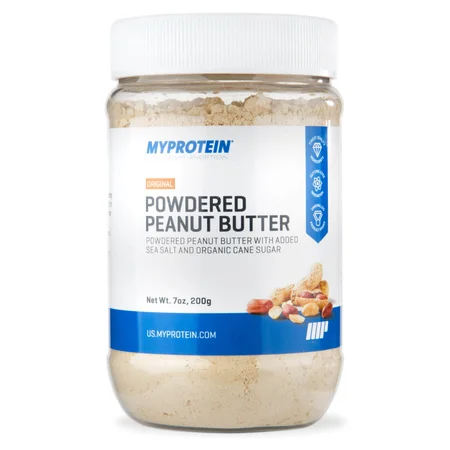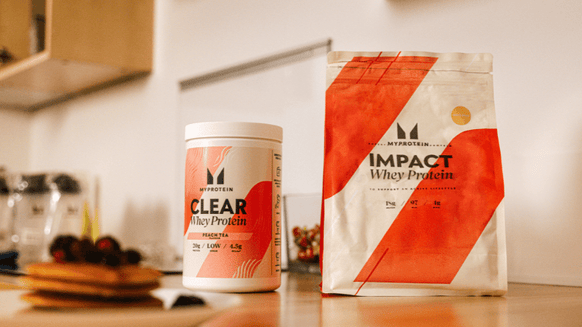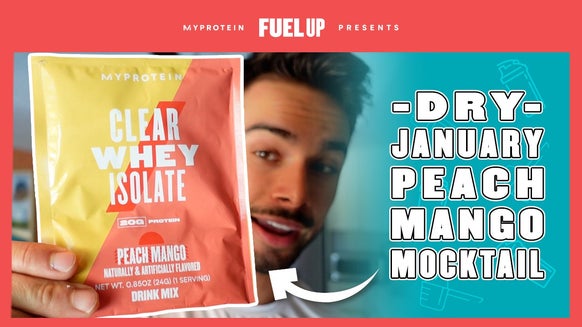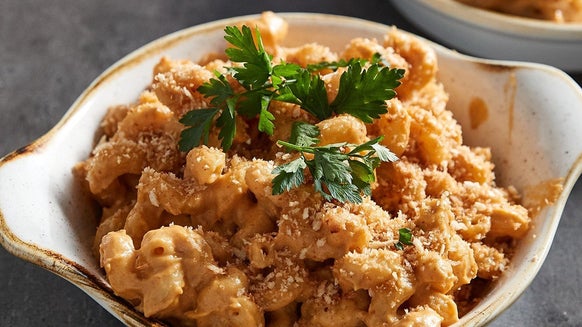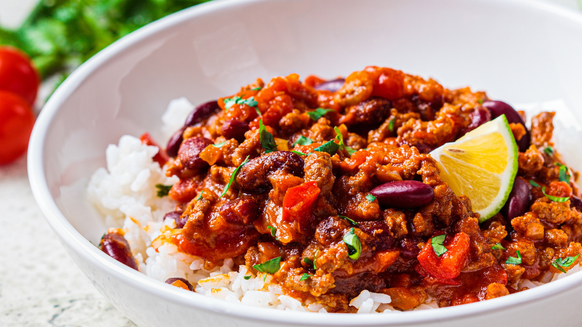Powdered Peanut Butter | Everything You Need To Know
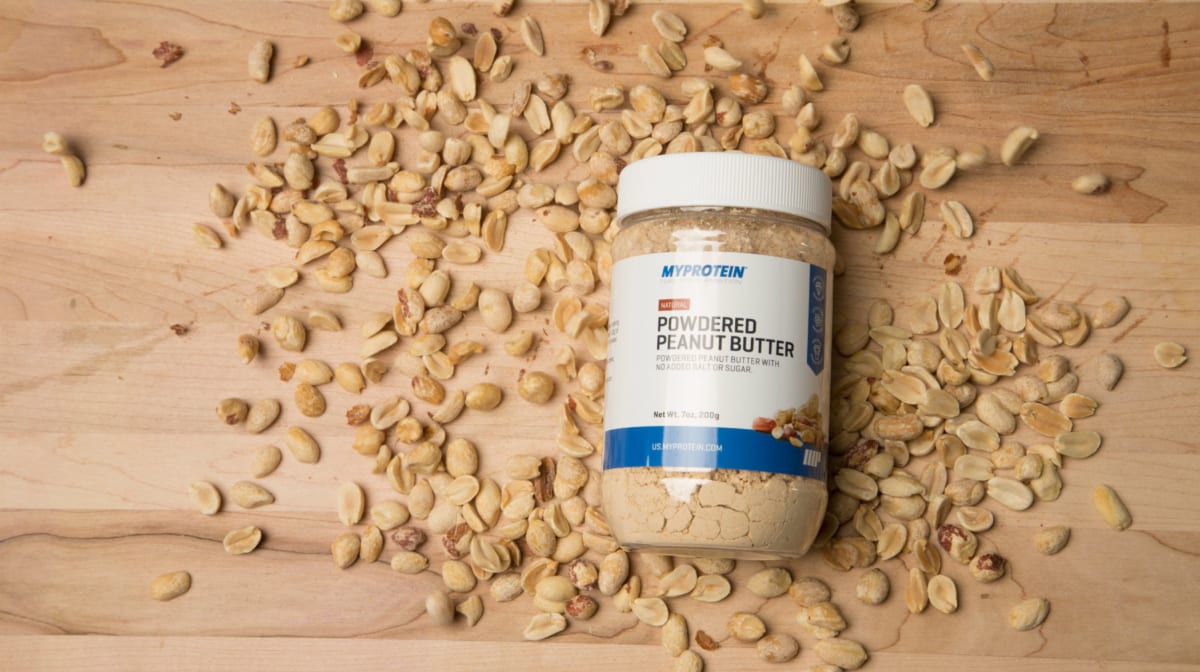
It’s no secret that peanut butter is a love of fitness professionals and amateurs alike, but while it can be a great way to boost your calorie count to get bigger and stronger, it usually has to be cut out of any kind of weight loss diet. With close to 200 calories per 30 grams, it is easy to overestimate as peanut butter is extremely dense and hard to judge how much you are spreading on your bread or in your smoothie without weighing it out. Once you finally do weigh out one serving you realize you’ve been using easily two or three servings and counting it as one in your calorie counting app… possibly hindering any kind of weight loss goals you might have.
Luckily, in recent years as healthy eating and low-calorie alternatives have become mainstream we were introduced to a new type of peanut butter with at least 70% less fat, just as much protein and fiber, better known as powdered peanut butter. Is this new trendy product worth the hype or is it just another fad that will be eventually thrown to the side for the next big low-calorie snack? In this article, we will be discussing the differences between regular and powdered peanut butter as well as some ways to use powdered peanut butter for maximum tastefulness.

Powdered Vs. Regular, How Do They Compare?
For those who are already considering trying out powdered peanut butter, it is important to know how it compares to full-fat peanut butter, from nutritional facts to taste and usability. A normal two level tablespoons full serving of creamy or chunky peanut butter (or about 30 grams) from most name brands contain 190-200 calories, 16-19 grams of fat from mostly unsaturated sources (but still contains a few grams of saturated fats on average), 150-250 milligrams of sodium, 6-9 grams of carbs (sometimes containing more sugar than fiber depending on the brand, but both are usually in the range of 2-4 grams), 6-8 grams of protein, as well as various micronutrients depending on the brand including calcium, iron, vitamin E, niacin, magnesium, vitamin B6, folic acid, zinc and copper. Not the worst macronutrient ratio and a quite diverse micronutrient profile, peanut butter is not unhealthy in the slightest, it’s when too much is consumed that the calories from even healthy fats can add up to inches on the waist.
To make powdered peanut butter all the oil and moisture is pressed out of the peanuts then it is ground into a fine, gritty powder. The serving size is also two tablespoons but is much lighter at only 12 grams, and can be mixed with water to make a paste resembling peanut butter, it actually only fills up about one tablespoon after mixed, meaning the calories per serving need to be doubled to equal as much peanut butter as the regular stuff. After this is taken into account we are left with 90 calories per 30 grams, 2-3 grams of fat (with all saturated fat removed), around 180-200 milligrams of sodium (unless additional salt is added for flavor), 8-10 grams of carbs (usually fiber out ways sugar 2:1, unless again sugar is added for flavor), 8-10 grams of protein and unfortunately less micronutrients, only containing a small amount of calcium, iron, vitamin E and niacin. In the same amount by weight, powdered peanut butter has effectively about half the calories of regular peanut butter, with the calories coming from exclusively fat. As we will find out in the next section though, taste and reason for use will come into play when deciding if the calories saved are worth the switch…
When To Use What Form And Comparing Taste
In theory, powdered peanut butter is the perfect way for connoisseurs of the creamy spread to save on unnecessary calories and still fulfil their sweet tooth, but in practice, this isn’t always possible. To make powdered peanut butter spreadable it takes about a tablespoon of water mixed with two tablespoons of powdered peanut butter, and unfortunately, without the oil to keep it creamy it becomes gritty and while it tastes like peanut butter, it won’t spread like full-fat peanut butter does. In this writer’s opinion, regular peanut butter should be used for putting on bread for sandwiches, fruit, and other spreads as it will stick and have a more even consistency. Something that regular peanut butter has a hard time doing is mixing with smoothies, protein shakes, oatmeal, yogurt and other snacks.
Usually, it will mix decently but big gobs of peanut butter will be left at the bottom of your smoothie or in bites of yogurt, this is where powdered peanut butter can really shine. Because it mixes quite well in liquid and still has a quite strong peanut butter taste (which can be a bit bitter when eaten alone), powdered can mix perfectly into smoothies, oatmeal and yogurts, distributing the flavor evenly without leaving clumps anywhere and will most likely have no bitter aftertaste due to the other equally powerful flavors. At the end of the day though, go out and buy one tub of each type and experiment on what you think will work for you, because we all have different tastes and goals. Some might hate the taste of powdered peanut butter and will choose to stick with the higher calorie creamy stuff, but others will love the taste and find a new way to curb their cravings!

Take Home Message
While it has half the calories and just as much protein and fiber, powdered peanut butter is a great alternative with the same flavor as regular full fat peanut butter. While it might not be as good to spread, it is a great way to add some extra protein and peanut flavor to protein shakes, yogurt, and even baking recipes. If you end up trying it out and can’t get over the texture and prefer real peanut butter, don’t worry, you can still indulge in full-fat peanut butter as long as you track accurately how much you are using as well as making it fit into your macros (whether you use a scale or tablespoons to measure out servings).
Otherwise, if you do enjoy the taste don’t be afraid to experiment and mix it with all kinds of foods to enhance the flavor. A personal favorite of mine is mixing a few servings of rolled oats (75-100 grams), two scoops of vanilla whey protein powder (cookies and cream works just as well), and a serving or two of powdered peanut butter to make a protein and complex carb heavy (and very tasty) breakfast and/or post workout meal that has a creamy and rich flavor, as well as being guilt free (unless you’re like me and add a scoop of ice cream on top to add a level of refreshing chill to the hot oats). Thank you for reading to the end and I hope you learned something valuable as well as giving you a few ideas for tasty and healthy treats!

Alice Pearson is a UKVRN Registered Associate Nutritionist and UK Anti‐Doping accredited advisor, having obtained a Bachelor’s of Science in Nutrition and a Master’s of Science in Sport Nutrition. She has a specialist interest in the use of sports supplements for improving health, fitness, and sport performance. Alice has experience working with both amateur and elite athletes, including providing nutritional support to Tranmere Rovers FC and Newcastle Falcons Rugby Club. Her nutritional guidance is always supported by evidence‐based research, which she keeps up to date through continuing professional development and independent learning. In her spare time, Alice loves travelling, hitting the gym, and getting stuck into a good book. Find out more about Alice's story here.
